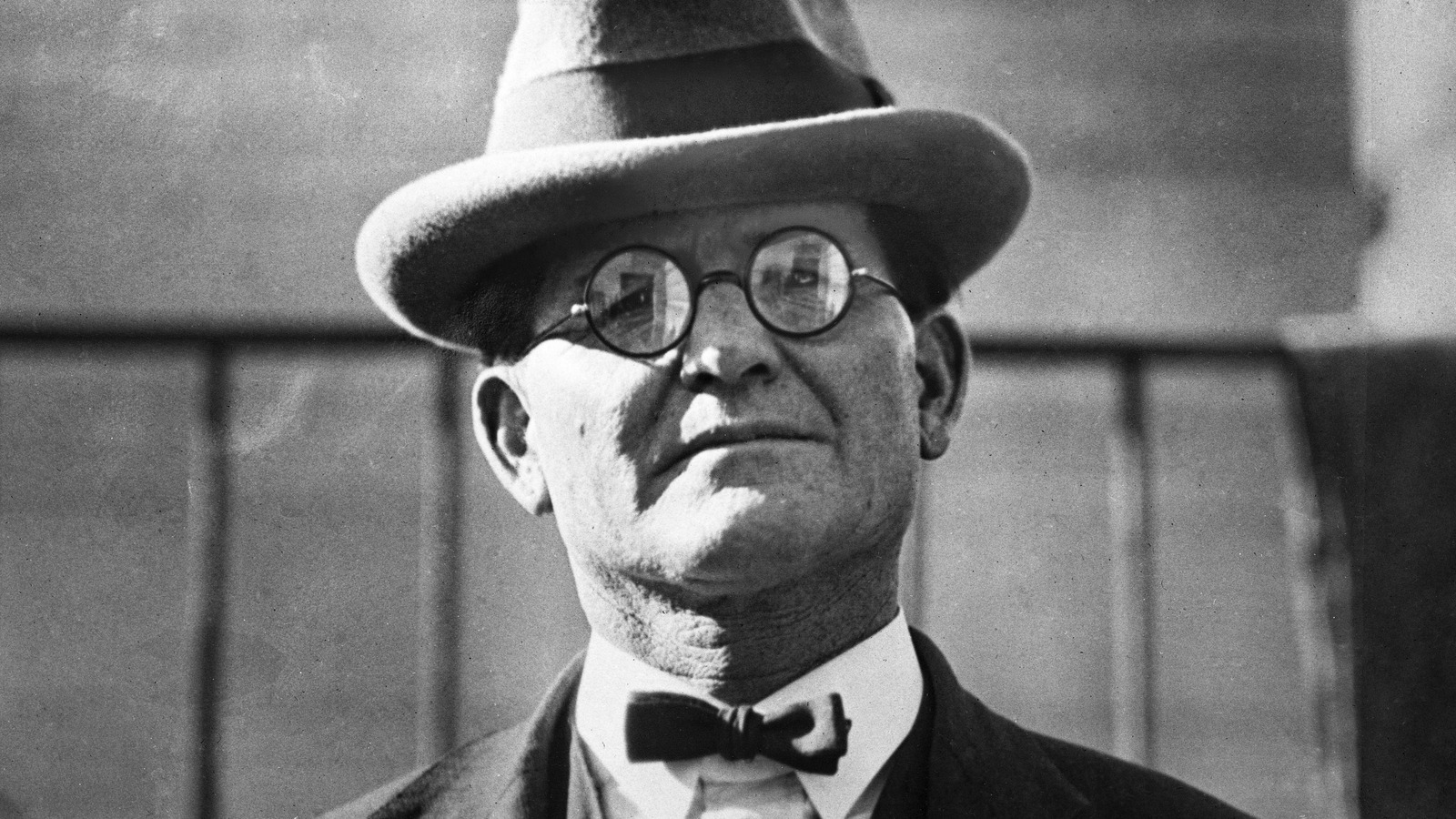
The Osage get their name from the Osage River, where the National Park Service says they centered their lives. Hunting across central United States within its web of rivers, including the Missouri and the Mississippi, the Osage — more properly “Ni-u-kon-ska,” or “People of the Middle Waters” — occupied their land until the 1803 Louisiana Purchase forced them out. By 1872 they were relocated to the Osage reservation at Pawhuska, Oklahoma, north of Tulsa. It was there that the Osage became the “wealthiest people on Earth” following the discovery of oil on their reservation, as the University of Arkansas (UA) at Little Rock says. Thanks to federally mandated “headrights” outlined in the Osage Act of 1906, each of the Osage’s 2,229 members earned royalties on oil sales at a time when the oil market boomed.
Read Related Also: ‘That is disgraceful’: Trump goes after fraud suit judge’s law clerk on Truth Social mid-trial and calls her ‘Schumer’s girlfriend’
Future Osage killer William Hale, meanwhile, arrived in Oklahoma as a “cowboy living in a tent,” as Lawrence Hogan wrote in “The Osage Indian Murders.” He conducted business with the tribe for years, leasing and selling property, and grew into a wealthy businessman connected to all facets of local life. Dubbed “King of the Osage Hills,” he called himself a “true friend” of the Osage in a letter to a member of the tribe, per David Grann’s “Killers of the Flower Moon.” Whether something changed in Hale along the way, he grew mad with greed during the oil boom, or he’d always feigned friendship with the Osage, remains unknown. In fact, he never once admitted to hiring anyone to murder anyone.








